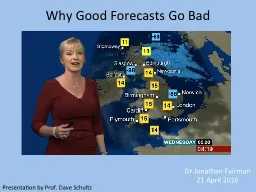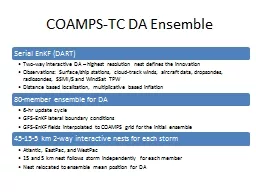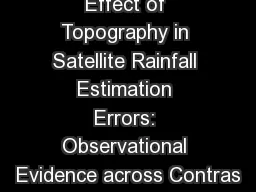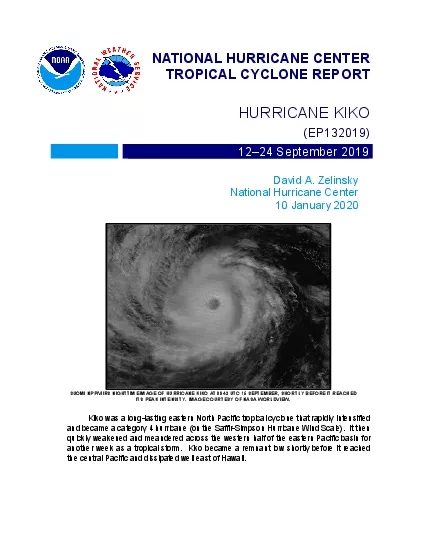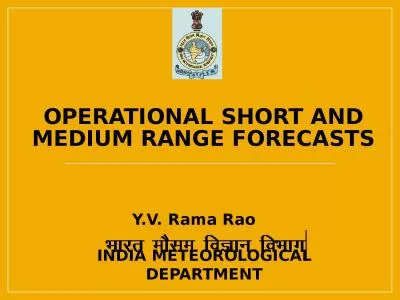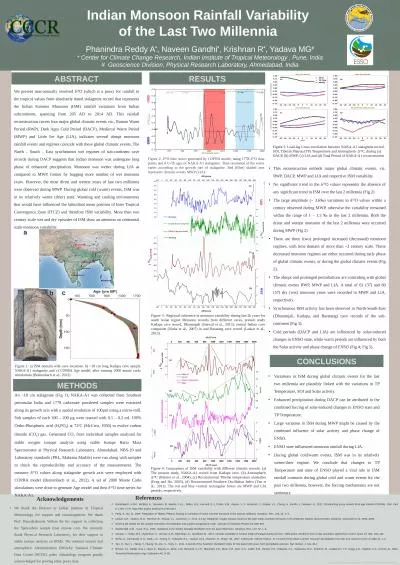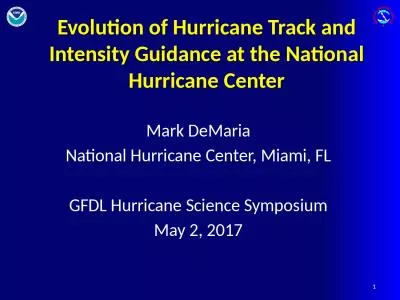PPT-Ensemble variability in rainfall forecasts of Hurricane Ire
Author : tatyana-admore | Published Date : 2017-04-14
Molly Smith Ryan Torn Kristen Corbosiero and Philip Pegion NWS Focal Points Steve DiRienzo and Mike Jurewicz Fall 2016 CSTAR Meeting 2 November 2016 Motivation
Presentation Embed Code
Download Presentation
Download Presentation The PPT/PDF document "Ensemble variability in rainfall forecas..." is the property of its rightful owner. Permission is granted to download and print the materials on this website for personal, non-commercial use only, and to display it on your personal computer provided you do not modify the materials and that you retain all copyright notices contained in the materials. By downloading content from our website, you accept the terms of this agreement.
Ensemble variability in rainfall forecasts of Hurricane Ire: Transcript
Download Rules Of Document
"Ensemble variability in rainfall forecasts of Hurricane Ire"The content belongs to its owner. You may download and print it for personal use, without modification, and keep all copyright notices. By downloading, you agree to these terms.
Related Documents

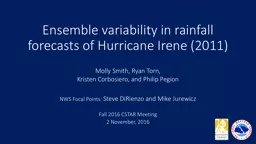
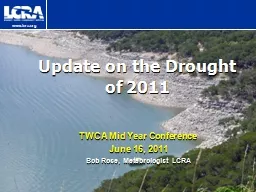
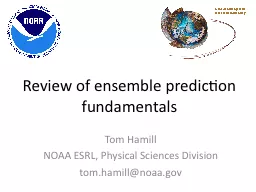
![STALLIONSBEAUMONTCOMFORT[IRE]..............87BANK[IRE]................](https://thumbs.docslides.com/436031/stallionsbeaumontcomfort-ire-87bank-ire.jpg)
